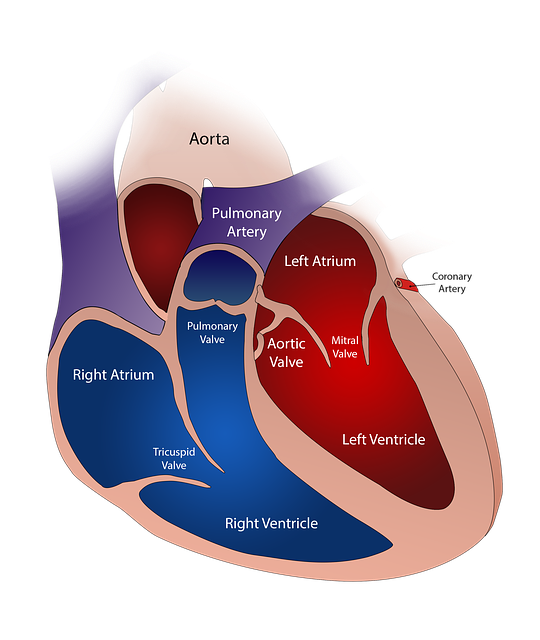The researchers used mice to develop a mathematical model of myocardial infarction, commonly known as a heart attack.
The new model predicts many useful new drug combinations that may one day help treat heart attacks, according to researchers at Ohio State University.
Usually caused by blockage of the coronary arteries -; or the vessels that supply the heart with blood -; More than 800,000 Americans suffer from these cardiovascular events each year, and 30% end up dying. But even for survivors, the damage these attacks do to the heart muscles is permanent and can lead to serious inflammation in the affected areas of the heart.
Treatment to restore blood flow to blocked heart passages often includes surgery and medication, or what is known as reperfusion therapy. Nikolai Moyes, the study's lead author and a postdoctoral researcher in biomedical engineering at Ohio State, said the study uses mathematical algorithms to assess the efficacy of drugs used to combat the potentially fatal inflammation many patients experience in the aftermath of an attack.
"Biology and medicine are beginning to take a more athletic approach," Moyes said."A lot of data needs to be incorporated into some sort of framework." Moise has previously worked on mathematical models of animal hearts, but he claims that the framework described in this paper is the most detailed mapping of a rat myocardial infarction ever created.
The research was published in Theoretical Biology.
The model created by Moise's team was represented by a series of differential equations using data from previous animal studies. Differential equations are frequently used in medicine to graph the progression of diseases.
But this study chose to model how certain immune cells such as myocytes, neutrophils, and macrophages work -; Cells are essential for fighting infection and fighting necrosis (toxic heart injury) -; She interacts with four immune-modifying drugs over the course of one month. These medications are intended to suppress the immune system so that they do not cause as much harmful inflammation in the damaged areas of the heart.
The efficacy of the drugs an hour after the mice was treated was the focus of this study.
Their findings revealed that certain combinations of these drug inhibitors were more effective than others at reducing inflammation. "Mathematics and equations can be used to describe these systems in medicine," Moyes explained.“Just watch, and you'll find the rules and a coherent story in between.
"We can improve patient outcomes even with the best medical care available," he said, referring to the treatments under investigation in his model.
Depending on their health beforehand, it may take six to eight months to recover from a heart attack. The quality of care patients receive in those first few weeks can determine the path to recovery.
Since Moise's simulation is purely theoretical, it won't improve treatments anytime soon. More accurate data on mice is needed before their work can become an advantage for other scientists, but Moyes said he envisions the model as a potential tool in the fight against devastating heart disease.
"We won't be able to integrate this type of approach into actual clinical work for several years," Moyes said. "However, what we're doing is the first step in that direction."
The study's co-author was Avner Friedman, a professor of mathematics at Ohio State. This research was supported by the Ohio State Mathematical Biosciences Institute and the National Science Foundation.
Source:
Ohio State University Reference:
Moise, N & Friedman, A., (2022) A mathematical model of immunomodulatory treatment in myocardial infarction. Journal of Theoretical
Biology. doi.org/10.1016/j.jtbi.2022.111122.

